Aqueous Copper Sulfide Clusters as Intermediates during Copper Sulfide Formation
Document Type
Article - Merrimack Access Only
Publication Title
Environmental Science and Technology
Publisher
American Chemical Society
Publication Date
2-2002
Abstract/ Summary
Using a combination of experimental techniques, we show that Cu(II) reduction by sulfide to Cu(I) occurs in solution prior to precipitation. EPR and 63Cu NMR data show that reduction to Cu(I) occurs during the reaction of equimolar amounts of Cu(II) with sulfide. 63Cu solution NMR data show that Cu(I) is soluble when bound to sulfide and is in a site of high symmetry. EPR data confirm that Cu(I) forms in solution and that the mineral covellite, CuS, contains only Cu(I). Mass spectrometry data from covellite as well as laboratory prepared solid and solution CuS materials indicate that Cu3S3 six-membered rings form in solution. These trinuclear Cu rings are the basic building blocks for aqueous CuS molecular clusters, which lead to CuS precipitation. In controlled titration experiments where sulfide is slowly added to Cu(II), Cu3S3 rings and tetranuclear Cu molecular clusters (Cu4S5, and Cu4S6) form; the rings are composed primarily of Cu(II). During cluster formation from Cu3S3 condensation, some Cu(II) is released back into solution, indicating that Cu(II) reduction does not occur until after Cu−S bond and higher order cluster formation. Analysis of the frontier molecular orbitals for Cu(II) and sulfide indicate that an outer-sphere electron transfer is symmetry forbidden. These results are consistent with the formation of CuS bonds prior to electron transfer, which occurs via an inner-sphere process.

